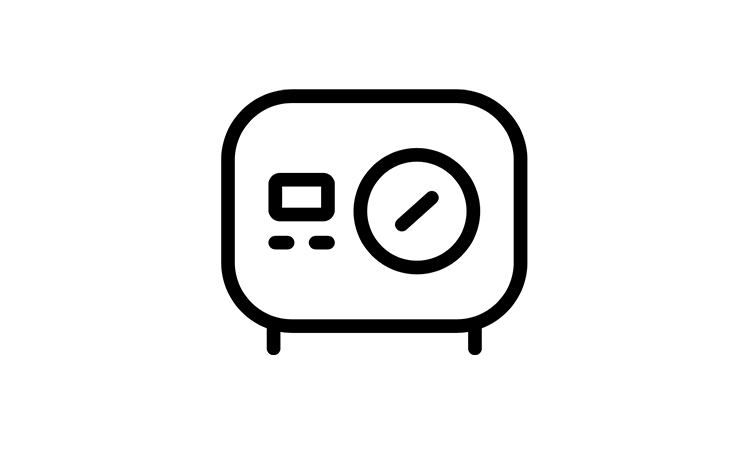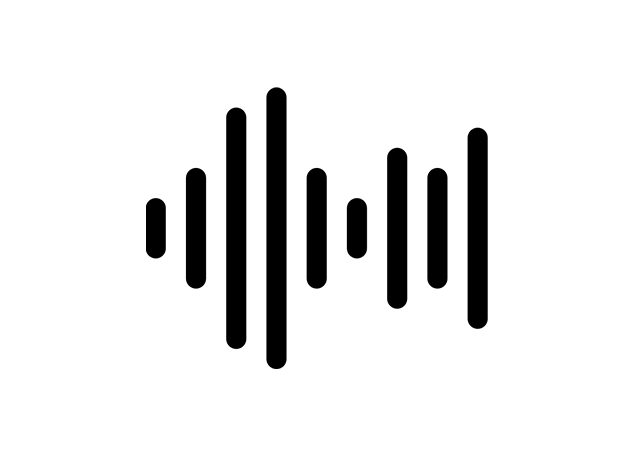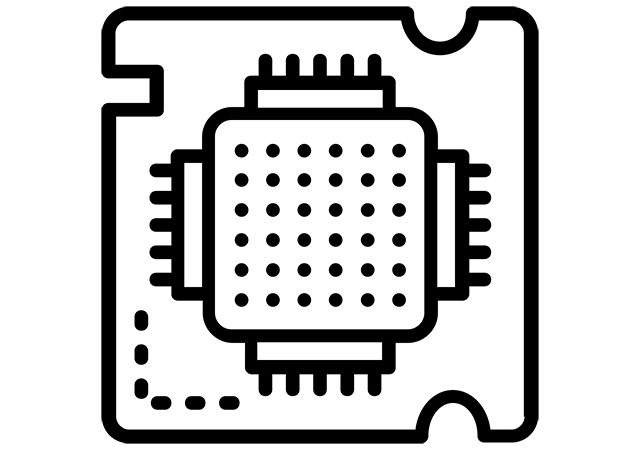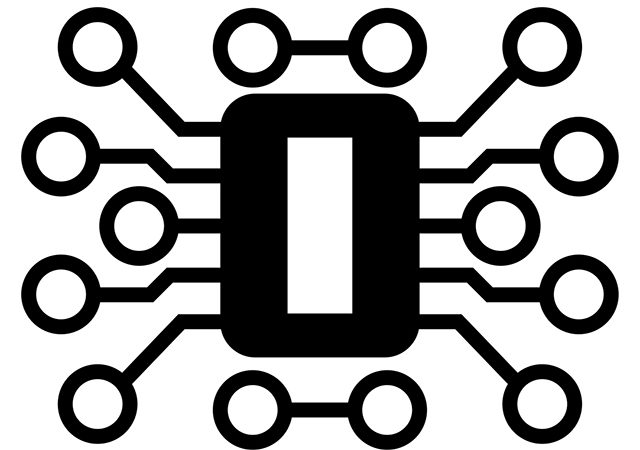This post answers the question “How do analog and digital signals work together?”. An electromagnetic or electrical current that carries information is known as a signal. It carries data or information from one system or network to another. In fact, a signal is a physical quantity that contains some information and is a function of one and more independent variables.
In electronics, it’s known as a time-varying voltage and is also considered as an electromagnetic or electrical wave carrying information.
The signal is classified into two types and that are analog and digital signal.
An analog signal is defined as a signal having continuous values. They have an infinite number of different values. Its density is much higher and it has efficient transmission. But it records unwanted noise and difficult to process.
Digital signals are discrete-time signals generated by digital modulation. At a given time, a digital signal can only receive one value from a finite set of possible values. Digital signals are very important in all digital electronics like computing equipment as well as data transmission devices. It has high immunity to noise and very easy to process. But the digital signal does data processing delay and requires a lot of bits and circuits.
It’s normal to see a combination of analog and digital signals in a circuit. Microcontrollers usually have internal circuitry which makes them qualify to interface with analog-to-digital converters(ADC) and digital-to-analog converters (DAC). An ADC approves a microcontroller to connect to an analog sensor to read in an analog voltage. On the other hand, a DAC approves a microcontroller to generate analog voltages, which is convenient at the time it requires to make a sound.
The strategy of mixing analog and digital signals for US IBOC FM broadcasting includes two different requirements. The first requirement to mix analog and digital signals is that you need to design a filter
that corresponds to the FCC mask specifications. And the second requirement for mixing analog and digital signals is to mix these two signals into one antenna except degrading either.
Many systems often must require to process both analog and digital signals. Both signals function as an interface for the transmission medium so that they can transmit and receive information. In this article, we have introduced some of the primary concepts of analog and digital signals, their advantages and disadvantages, and how to mix them.




